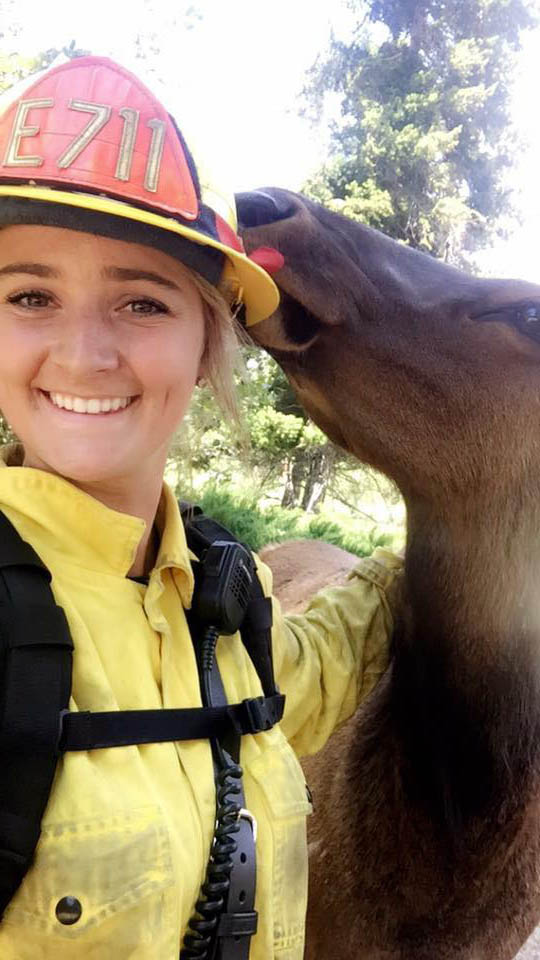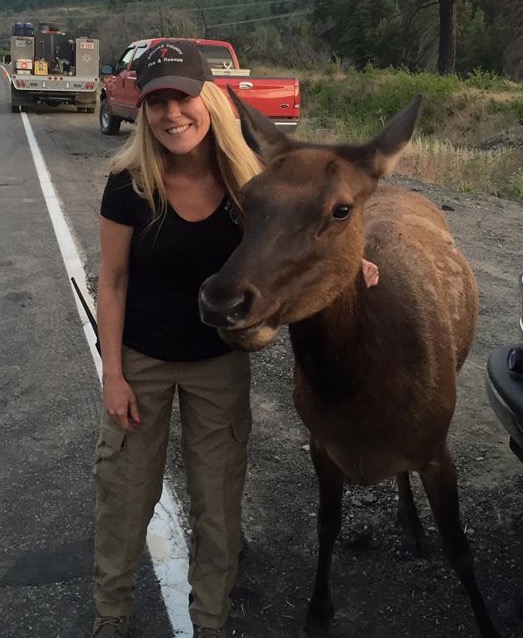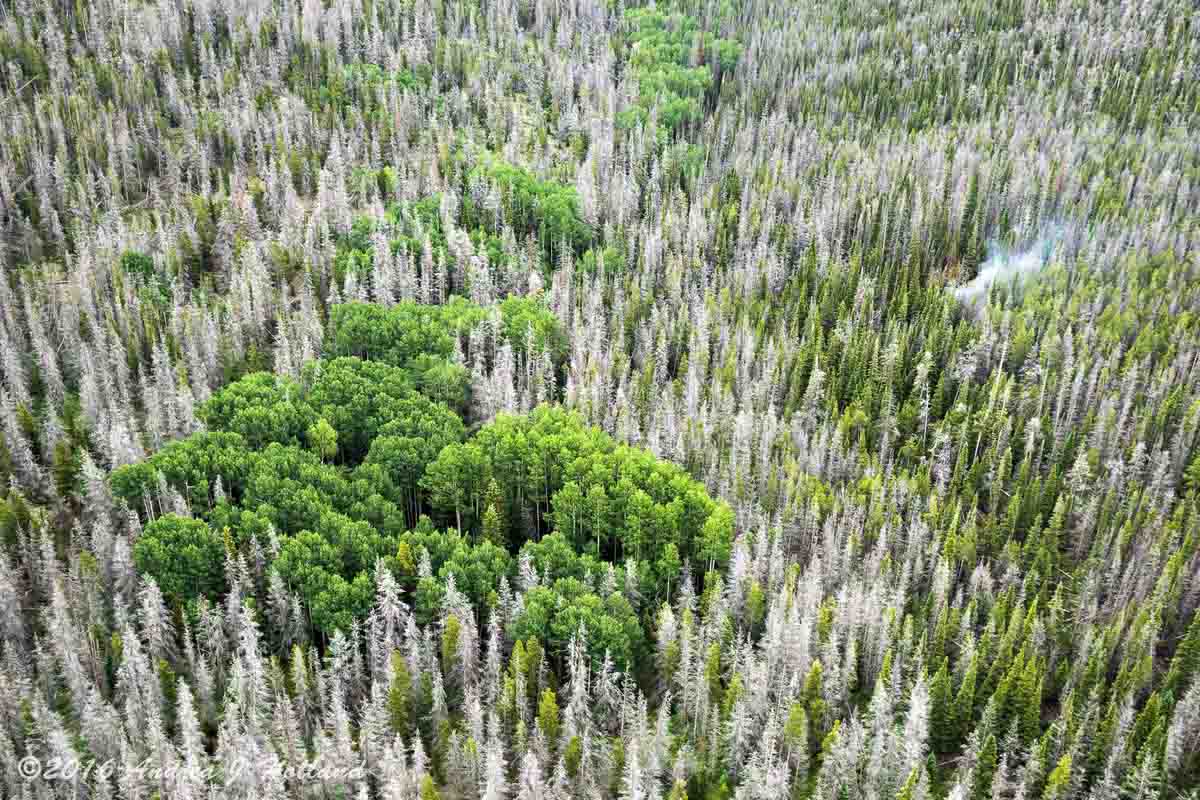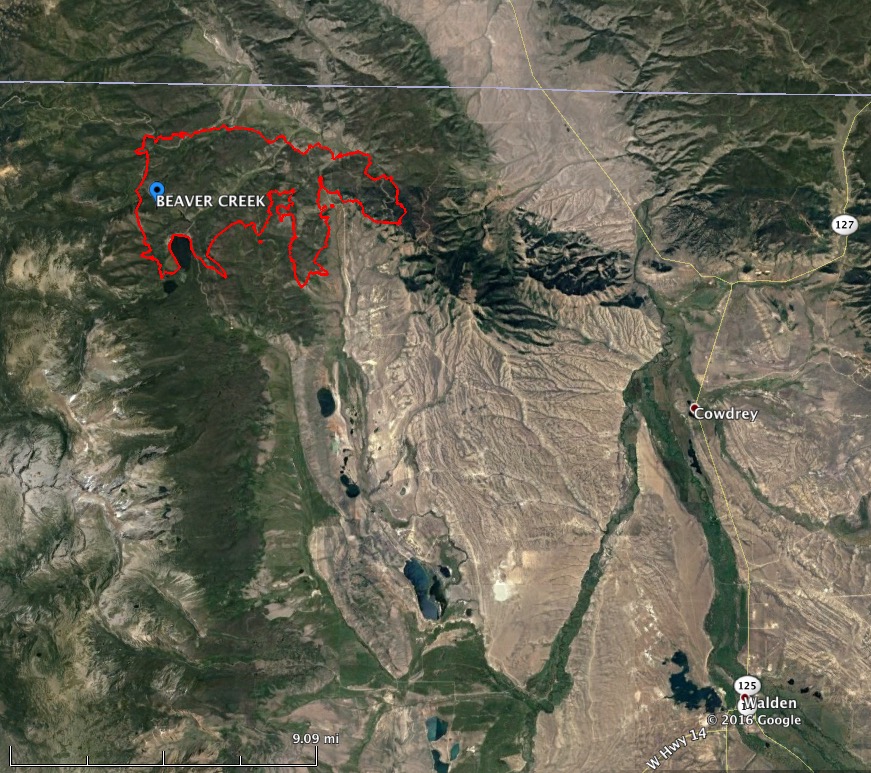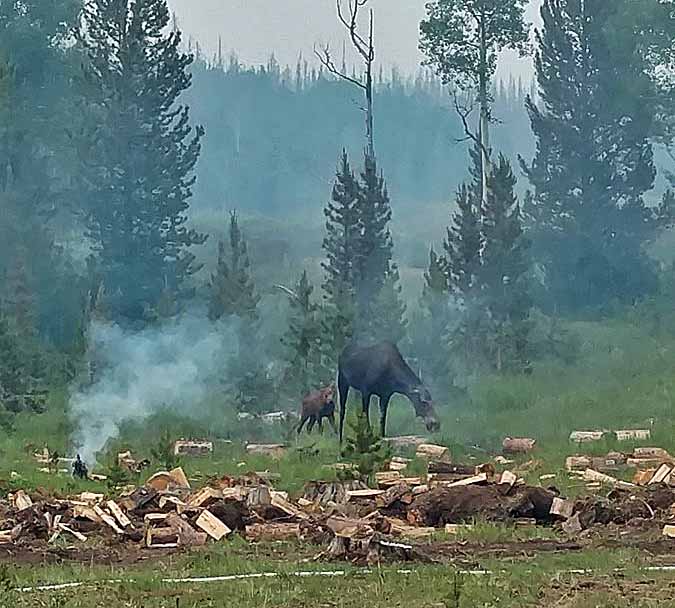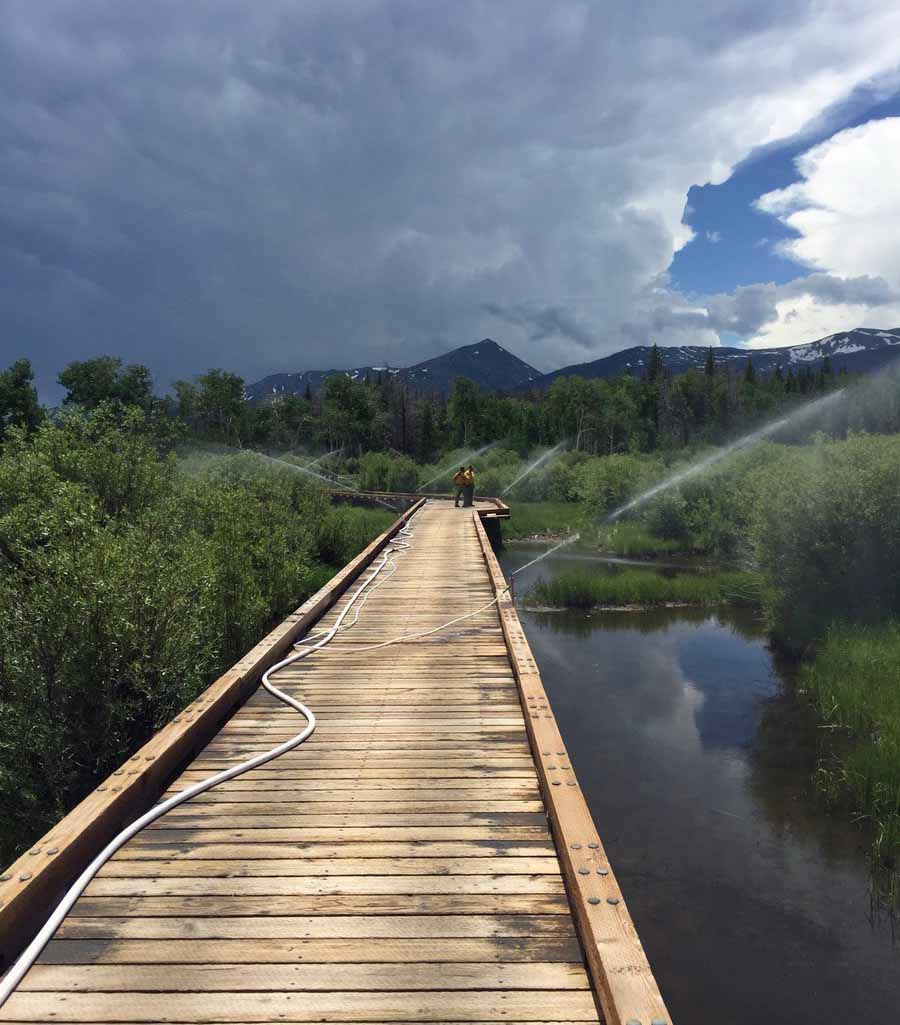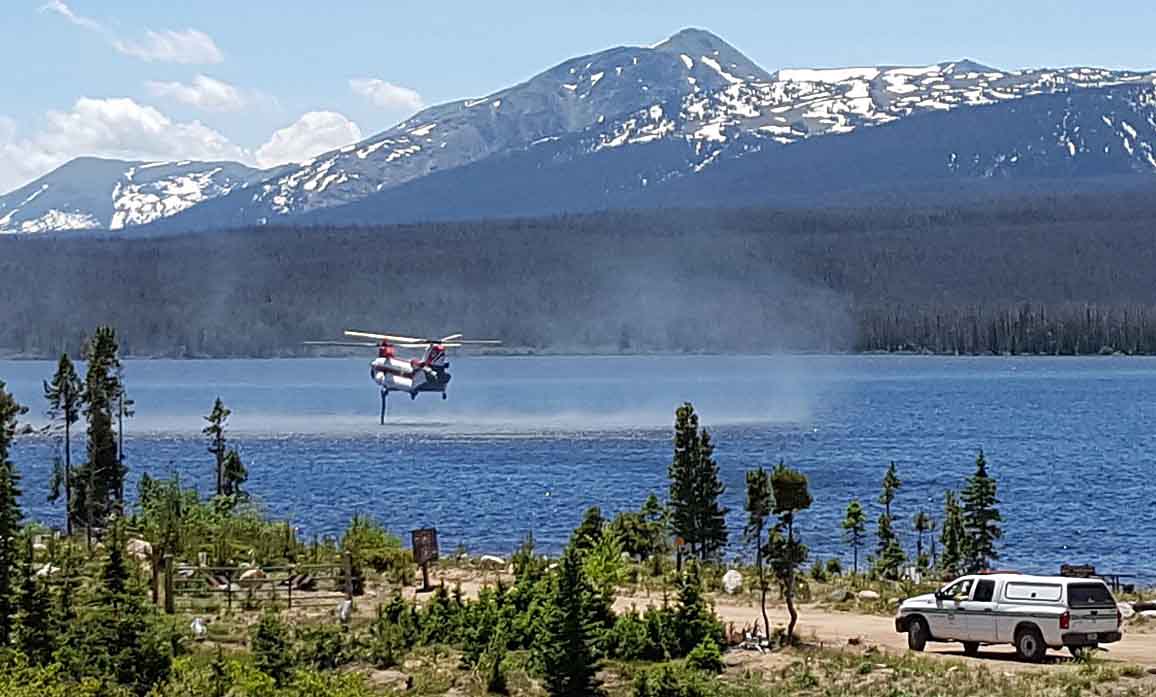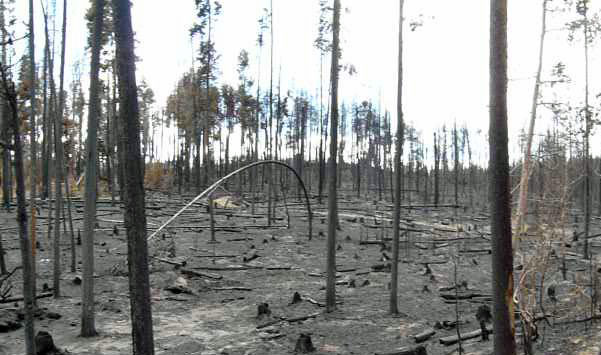On Sunday the Bureau of Indian Affairs released a “72-hour report” that contains a few more details about the entrapment of six firefighters and deployment of their fire shelters on the Cedar Fire south of Show Low, Arizona.
The new information includes mentions of a large fire whirl and three lookouts that were posted.
Below is the press release version of the 72-hour report. The formal memo-style document is HERE. They contain approximately the same information.
****
“On June 28, a large fire whirl formed near six members of the Navajo Interagency Hotshot Crew (IHC), entrapping them. In response to the intense heat, flying ash and woody debris, the firefighters deployed their fire shelters.
Throughout the 15 minute event, the crew maintained radio communication with each other and agency personnel. Aviation and safety resources were immediately dispatched to assist the crew.
After the fire whirl passed, the IHC walked out of the fire area and were transported to Summit Healthcare in Show Low, Arizona. Two firefighters were treated for smoke inhalation and all six firefighters were released from the hospital that evening. After the crew was released, a Critical Incident Stress Management Team was made available to the crew.
The Bureau of Indian Affairs initiated an Interageny Serious Accident Investigation (SAI) that evening. On June 30, the SAI Team members, led by Clark Richins, Team Leader, Bureau of Indian Affairs, reported to Western Region, Fort Apache Agency. Members of the SAI Team include: Chief Investigator, Safety Officer, Personal Protective Equipment Specialist, Long Term Fire Analyst, Hotshot Crew Representative, Public Information Officer, Writer/ Editor, and Regional and National Agency Liaisons.
The investigation will collect evidence, which includes conducting personnel interviews, inspecting equipment and analyzing photographs, weather and voice data. On June 30, the SAI Team completed their interviews of the IHC, which allowed the crew to return home.
According to the National Wildfire Coordinating Group Terminology Glossary, a fire whirl is a spinning vortex column of ascending hot air and gases rising from a fire and carrying aloft smoke, debris, and flame. Fire whirls may range in size from less than one foot to over 500 feet in diameter and have the intensity of a small tornado.
Prior to the event, the crew was working along the western flank of the uncontained fireline where they had previously been assigned for several days. At 12:00p.m three nearby lookouts observed low intensity surface fire, but by 2:00p.m., as the day got warmer, the fire behavior increased. These lookouts and an additional firefighter scouting the fireline witnessed the large fire whirl.
While managing wildland fires is inherently dangerous, all firefighters are trained to minimize the risk they take on every assignment. In the rare circumstance firefighters are faced with an impending entrapment, they are trained to consider all options to insure the safety of all crew members. This includes deploying fire shelters for protection from smoke, heat, and embers. The Navajo Interageny Hotshot Crew executed their training, which resulted in a successful outcome to a hazardous wildfire anomaly.
As a highly reliable organization, the wildland fire community strives to learn and transfer lessons learned on a continual basis. In the spirit of this culture, the BIA Western Region will provide the Factual Report to the Lessons Learned Center when the Report is finalized.”
****
Thanks and a tip of the hat goes out to Jonah.







